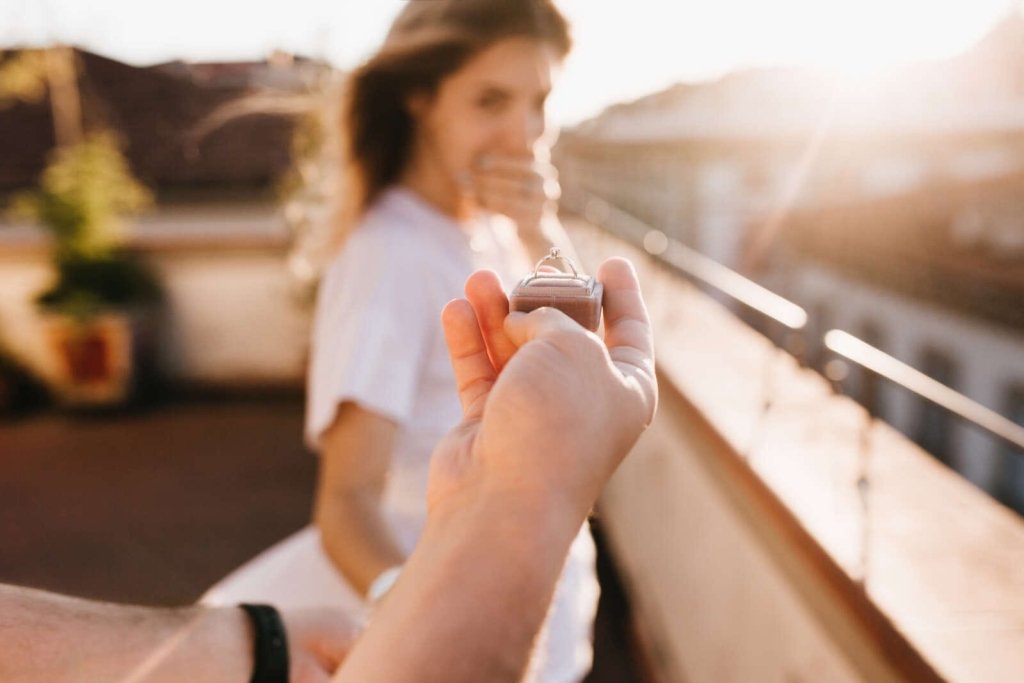Sex and Psychology is expanding! I’m pleased to introduce the latest additions to the team, who will help continue our mission of bringing you science-based sex ed. Next up:
Olivia Adams is a PhD Candidate at Indiana University Bloomington in the Department of Gender Studies. She works closely with Kinsey Institute and School of Nursing research collaborators, and her work focuses on race, ethnicity, and experiences of chronic vulvovagional pain (CVVP) from the patient’s perspective. She’s also one of the new Co-Managing editors of Sex and Psychology.
I asked Olivia some questions about herself and her experiences researching and educating about sex. Below are some questions and answers from our conversation. Welcome, Olivia!
Q: How did you get involved in sex research?
A: In a pretty roundabout way! During undergrad at the University of Chicago, I planned on pursing a career in journalism in the Arab and Muslim world. I was an international relations major, switched to Near Eastern languages and civilizations, plus I was taking Arabic language classes. Right before my sophomore year, I was diagnosed with levator dyspareunia, a chronic vulvovaginal pain (CVVP) condition. Managing that diagnosis and the treatment for it honestly sucked. On a whole other level, it was also really difficult to deal with because it was my first personal introduction to the limitations of the U.S. medical system. I had a couple bad experiences with providers, dealt with diagnostic delay, and was facing some social issues around sex and gender norms as a college student. I ended up picking up a gender and sexuality studies major in college largely due to these experiences. All of this eventually inspired me to become a comprehensive sex education advocate and later a sex researcher.
Q: What kind of sex education did you do in college?
A: It was a peer sex education group, we called it “Tea Time and Sex Chats.” Basically, we would organize sessions on various topics but also provide tea and dainty little sandwiches to, of course, fill seats (food = attendance) but also to make folks more comfortable. We were trying to create the opposite environment of the university-sanctioned sex education that usually took place in a big auditorium. Our sessions were also always LGBTQ+ centered and focused on pleasure and consent.
Q: Did you have a favorite topic or session?
A: One of my favorite sessions was called “The Art of Dirty Talk and Fantasy.” It was actually our big session on consent, and we packaged it in a way that really focused on sexual communication and pleasure.
Q: What are your research interests and what are you working on now?
A: I research chronic vulvovaginal pain conditions, which is an umbrella term for a lot of different conditions (e.g., vulvodynia, dyspareunia, vaginismus/GPPPD, etc.) that generally manifest as chronic pain and other issues in the vagina, vulva, and may also involve pelvic floor dysfunction. I focus on patient experiences, ranging from the day-to-day of people’s pain (e.g., what terms they use to describe it, the severity, what activities aggravate it, etc.) as well as issues around the journey to diagnosis and diagnostic delay. A lot of current and past research focuses on sexual problems and pain — I work on that, but I also like to focus on non-sexual contexts, especially how people with CVVP navigate preventive/routine care like a pelvic exam or Pap smear procedure. I also examine all of these issues around race and ethnicity, and strive to better represent the experiences of women of color — especially Black women as well as Hispanic women — who are living with CVVP.
Q: Can you talk about one specific condition that is really common or is central to your research in some way?
A: Yes — there’s one condition that has quite a long and complicated history, even down to what it’s called. Colloquially (and medically in some contexts, like in pelvic floor physical therapy), it’s called vaginismus, but is also considered a symptom of pelvic floor dysfunction in some specialties. It used to appear in the DSM as well, but was reclassified in the DSM-5 to a new diagnosis called genito-pelvic pain/penetration disorder. There have been attempts to get prevalence estimates for it, but they have been somewhat unsuccessful — the generally quoted number is extremely broad at 5-17% of the population. There are also decades-long debates on how to define this condition and how to treat it. The most common definition or description of vaginismus is an involuntary muscle spasm of the vaginal canal when any type of penetration is attempted — so yes, vaginal penetrative intercourse, but also things like tampon usage, pelvic exams, etc. — becomes painful and difficult or impossible to accomplish. To make things more complicated, a clinical study published in 2004 seriously challenged the involuntary muscle spasm as a key marker of vaginismus, and instead argued that pain level, pelvic floor tonicity, and anxiety should be the primary markers of the condition.
Q: How does someone get diagnosed with vaginismus?
A: It can be hard to get a diagnosis — many people report being told that their pain isn’t actually real because unlike something like a UTI, it doesn’t show up in lab cultures. Additional exams and a thorough patient history are needed for diagnosis. So, if the provider doesn’t have the training to diagnose that condition (and many don’t), it might be really hard to do so because they don’t “see” a problem and don’t know how to evaluate the pain.
Q: What’s something about sex that you later learned was a myth or falsehood?
A: This is kind of a social thing, but when I was younger I thought that lube was something that young people, especially young women, didn’t need. I probably got that idea because my public school sex education was very heterosexual-focused (but not pleasure focused), plus cultural scripts around female sexuality didn’t help. The whole “if you’re young, you should be ready to go” kind of narrative. I really confronted that in college while dealing with my CVVP diagnosis, and became the unofficial “lube guru” on campus! I learned a lot about different lube types, pros and cons of each type, and really tried to bust this myth in my community.
Q: What do you enjoy doing outside of being a student and researcher?
A: I’m a big gamer. I’ve been playing a lot of Skyrim lately — my brother and I call it “the forever game” because it came out over 10 years ago, but I always seem to have an active save file for it. Gaming is probably my longest hobby — I’ve been into games since I was around 5, and my first favorite game was Spyro the Dragon. I play on consoles, I play Pokémon Go (mobile gamers unite), and I play PC games. I’ve also built two PCs and am currently planning a third build.
Q: Do you have any pets?
A: I have a dog — she’s a mixed breed (adopted her from the local shelter) and her name is Chopper. People always look at me sideways when I tell them her name, but she’s named after a lesser-known Star Wars character (a very…homicidal, light side droid in the Rebels series). She is very energetic and spoiled — she goes to doggy daycare sometimes and literally sprints on a dog treadmill to get out all that energy. She is black and white, kind of like a cow. Also very buff.

Olivia’s dog, Chopper.
Q: Where can folks find you?
A: Twitter: @oadamsss, Linkedin:
Q: Is there anything else you want people to know?
A: Hmm, yes. That I am an obnoxious fan of My Chemical Romance. #ElderEmo.
Welcome to Sex and Psychology, Olivia!
Want to learn more about Sex and Psychology? Click here for more from the blog or here to listen to the podcast. Follow Sex and Psychology on Facebook, Twitter (@JustinLehmiller), or Reddit to receive updates. You can also follow Dr. Lehmiller on YouTube and Instagram.
Image Credits: Photos by Olivia Adams


 Anal Beads
Anal Beads Anal Vibrators
Anal Vibrators Butt Plugs
Butt Plugs Prostate Massagers
Prostate Massagers
 Alien Dildos
Alien Dildos Realistic Dildos
Realistic Dildos
 Kegel Exercisers & Balls
Kegel Exercisers & Balls Classic Vibrating Eggs
Classic Vibrating Eggs Remote Vibrating Eggs
Remote Vibrating Eggs Vibrating Bullets
Vibrating Bullets
 Bullet Vibrators
Bullet Vibrators Classic Vibrators
Classic Vibrators Clitoral Vibrators
Clitoral Vibrators G-Spot Vibrators
G-Spot Vibrators Massage Wand Vibrators
Massage Wand Vibrators Rabbit Vibrators
Rabbit Vibrators Remote Vibrators
Remote Vibrators
 Pocket Stroker & Pussy Masturbators
Pocket Stroker & Pussy Masturbators Vibrating Masturbators
Vibrating Masturbators
 Cock Rings
Cock Rings Penis Pumps
Penis Pumps
 Wearable Vibrators
Wearable Vibrators Blindfolds, Masks & Gags
Blindfolds, Masks & Gags Bondage Kits
Bondage Kits Bondage Wear & Fetish Clothing
Bondage Wear & Fetish Clothing Restraints & Handcuffs
Restraints & Handcuffs Sex Swings
Sex Swings Ticklers, Paddles & Whips
Ticklers, Paddles & Whips
















